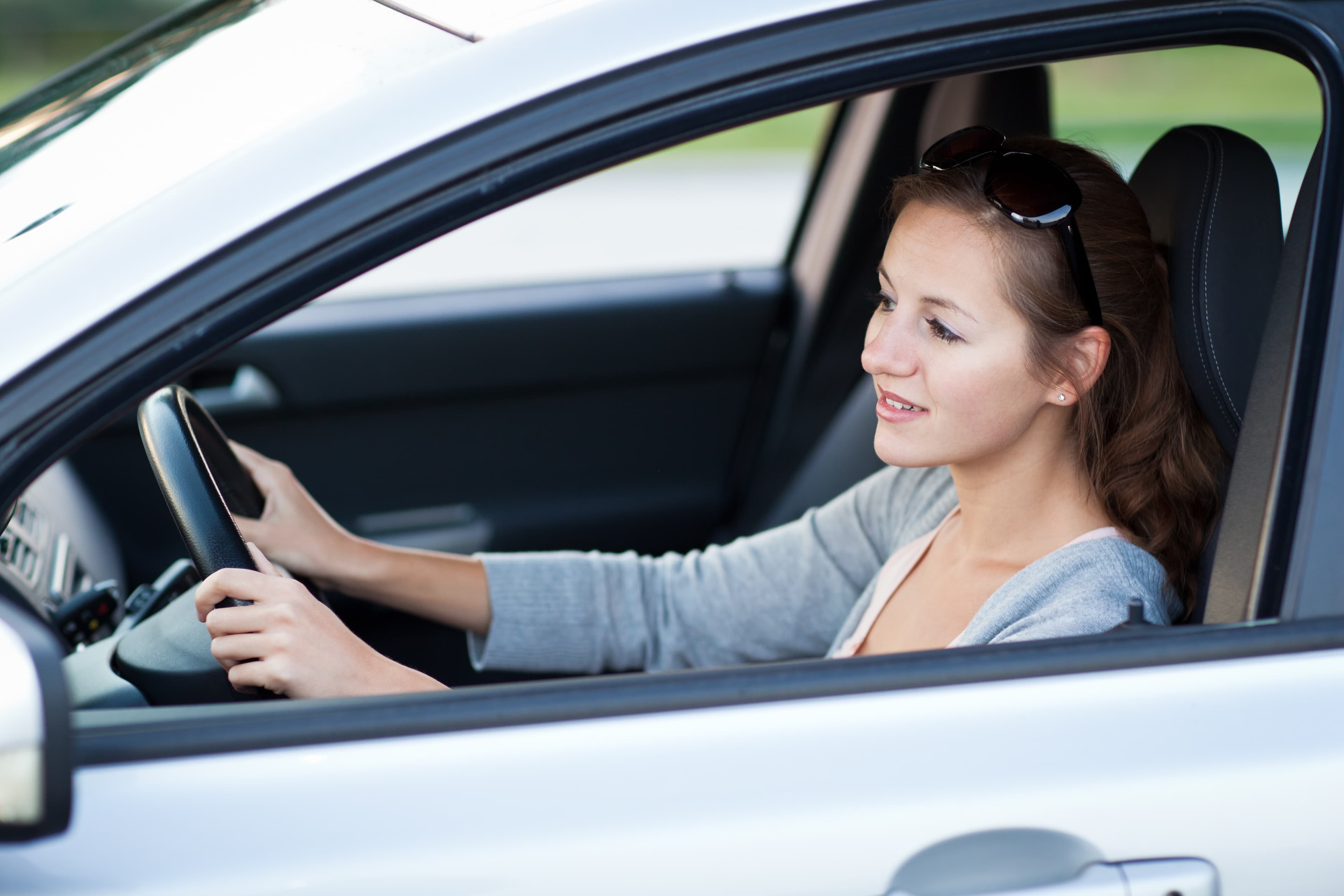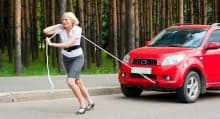Driving Test Checklist


Views
617
Views: 617
Uses
14
Uses: 14
Tasks
30
Tasks: 30
Introduction
Suggest Improvements
Driving Test Checklist Frequently Asked Questions
How do I pass my driving test?
To pass your driving test, preparation is key. Follow these essential steps:
- Study the Rules: Familiarize yourself with local traffic laws and regulations.
- Practice Driving: Gain experience by practicing in various conditions, such as city driving, highway driving, and different weather conditions.
- Take a Mock Test: Simulate the driving test with a licensed driver to identify areas for improvement.
- Know Your Vehicle: Be comfortable with your vehicle's controls and features, including mirrors, lights, and indicators.
- Stay Calm and Focused: On the day of the test, remain calm. Listen carefully to your examiner's instructions and drive defensively.
By following these tips, you will increase your chances of passing your driving test successfully.
How to pass a driving test for the first time?
Passing your driving test on the first attempt is achievable with diligent preparation. Here’s how to set yourself up for success:
- Enroll in a Driving School: Professional instruction can greatly enhance your skills.
- Practice Regularly: Aim for at least 20 hours of behind-the-wheel practice in diverse environments.
- Familiarize Yourself with the Test Route: If possible, practice on routes commonly used for testing.
- Review the Test Criteria: Understand what examiners look for, including safe driving habits and adherence to traffic laws.
- Stay Relaxed During the Test: Take deep breaths and focus on driving safely rather than worrying about passing or failing.
With thorough preparation and a calm mindset, you can pass your driving test on your first try!
What are major faults in a driving test?
Major faults during a driving test indicate serious mistakes that could jeopardize safety. Common major faults include:
- Failing to Yield Right of Way: Ignoring right-of-way rules can lead to accidents.
- Dangerous Maneuvers: Executing unsafe turns or lane changes is considered a major fault.
- Speeding or Driving Too Slowly: Both excessive speed and being significantly below speed limits can lead to failure.
- Ignoring Traffic Signals: Running red lights or stop signs is an immediate fail point.
- Not Using Mirrors Properly: Failing to check mirrors before maneuvers indicates poor situational awareness.
Avoiding these major faults is crucial for passing your driving test.
What are the automatic fails on a driving test?
Automatic fails during a driving test occur when serious errors are made that compromise safety. Common reasons include:
- Running a Red Light or Stop Sign: Failing to stop at traffic signals is a critical error.
- Driving Under the Influence: Any signs of impairment will result in immediate failure.
- Reckless Driving: Aggressive maneuvers that endanger yourself or others cannot be overlooked.
- Inability to Control the Vehicle: Losing control during basic maneuvers can lead to an automatic fail.
- Failure to Use Seatbelts: Everyone in the vehicle must wear seatbelts.
Understanding these automatic fails can help you focus on critical safety aspects during your driving test.
Can you fail parallel parking and still pass?
Yes, you can fail parallel parking and still pass your driving test, depending on the severity of other mistakes made during the evaluation. Most driving tests include multiple components:
- Maneuvers: While parallel parking is important, it typically accounts for only part of your overall score.
- Major vs. Minor Faults: If you commit a minor fault during parallel parking but demonstrate safe driving throughout the rest of the test, you may still pass.
- Overall Performance: Examiners evaluate your performance holistically, considering factors like speed control, signaling, and awareness of surroundings.
To maximize your chances of passing, practice parallel parking alongside other essential skills.
What score do you need to pass the driver's test?
The required score to pass a driver's test varies by region but generally follows this guideline:
- Scoring System: Most tests use a point system where minor faults deduct points but major faults can lead to automatic failure.
- Common Thresholds: Typically, you need to score at least 70% to pass; however, some areas might require higher percentages (e.g., 80%).
- Review Local Guidelines: Check with your local Department of Motor Vehicles (DMV) or equivalent authority for specific scoring criteria applicable in your area.
Understanding these scoring systems will help you gauge your readiness before taking the test.
How likely to pass the driving test for the first time?
The likelihood of passing your driving test on the first attempt varies based on several factors. Statistics indicate that approximately 50% to 70% of first-time testers pass. Factors influencing this include:
- Preparation Level: Those who take lessons from professional instructors often have higher success rates.
- Practice Experience: Regular practice behind the wheel significantly boosts confidence and skill level.
- Nervousness and Stress Management: Staying calm during the exam can improve performance; consider relaxation techniques before testing.
Ultimately, thorough preparation and practical experience play vital roles in determining how likely you are to pass your driving test on the first try.
What are the four maneuvers in a driving test?
During a typical driving test, examiners assess several key maneuvers that demonstrate your ability to operate a vehicle safely. The four common maneuvers include:
- Parallel Parking: Demonstrating how well you can park between two vehicles without hitting them or other obstacles.
- Three-Point Turn (or Turnabout): Showing proficiency in turning around in narrow spaces using three movements while maintaining control of the vehicle.
- Hill Start (or Incline Start): Testing your ability to start on an incline without rolling back; proper use of brakes is essential here.
- Emergency Stop: Demonstrating how quickly and safely you can stop when instructed by the examiner without losing control.
Practicing these maneuvers will prepare you well for your driving test.






